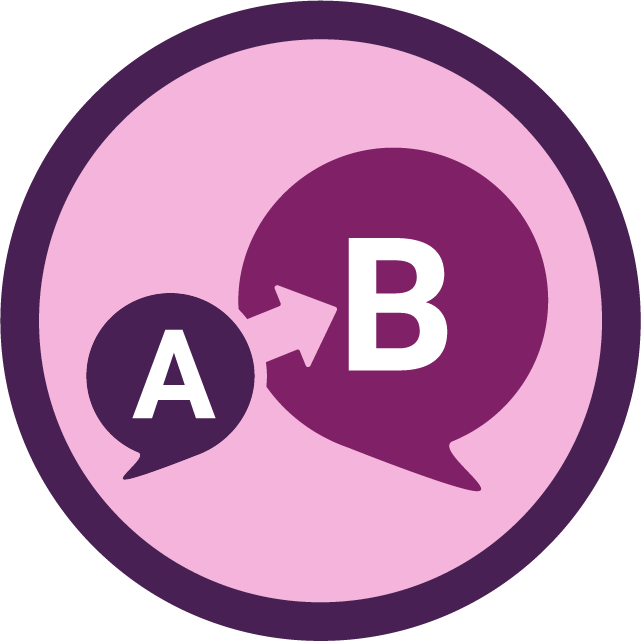Working with Infinitives
Purpose and Intention (In order to / So as to)
Using in order to and so as to
Infinitives as Subject and Complement
Supposed to / Meant to / Misunderstandings
Thought and Wondered / Asking Politely
Quiz: Working with Infinitives
Rules and Instructions in Common Places
Need to and Passive Infinitives
Modals and Passive Infinitives
Expressing Prohibition with Forbid and Allow
Rules and Instructions Role Play
Quiz: Rules and Instructions in Common Places
Reporting what others say
Reported Speech with Infinitives
Reporting what others say Role Play
Cleft Sentences with what and it / Emphasis and Summary
Quiz: Reporting what others say
Description and Clarification
Restrictive and Non-restrictive Clauses
Omitting the pronoun
Options: Whether or not...
Quiz: Description and Clarification
Expressing Reason, Probability and Contrast
Adverbs of Evaluation and Opinion
While / Whereas / Whilst / Contrasting and Comparing
Due to: Certainly / Likely
Quiz: Expressing Reason, Probability and Contrast
Closing
What did you learn?
Você não tem acesso a esta aula
Continue aprendendo! Junte-se e comece a impulsionar sua carreira
Se você já tem uma conta,
Options: Whether or not...
15/21Si tienes dos opciones en una situación, ¿cuál elegir o cuál sucederá? A veces necesitamos expresar las alternativas que pueden ocurrir en una situación como resultado de otra.
Uso de “whether or not” para expresar elección entre alternativas
Sabemos expresar un condicionante con la palabra “If” cuando solo tenemos una opción. Usando “whether or not” podemos expresar dos opciones de una situación y que solo una sucederá.
Ejemplos de uso de “whether or not”
Hay varias maneras de utilizar este vocabulario en una oración, todas con el mismo significado:
- I’m going to travel there whether or not she comes with me.
- I’m going to travel there whether she comes with me or not.
- Whether or not she comes with me, I’m going to travel there.
Veamos algunos ejemplos más:
- We’ll celebrate whether the team wins or not.
- The meeting is Tuesday, whether or not everyone attends.
- Whether the library is closed or not, you must return the borrowed books.
- The movie is amazing whether or not he acts in it.
- Whether or not my friend is married, is not your concern.
De esta manera, ya conoces cómo expresar con “whether or not” dos posibilidades donde solo una ocurrirá o donde solo escogerás una.
Contribución creada por: Kevin Fiorentino (Platzi Contributor).
Contribuições 0
Perguntas 0

Quer ver mais contribuições, perguntas e respostas da comunidade?